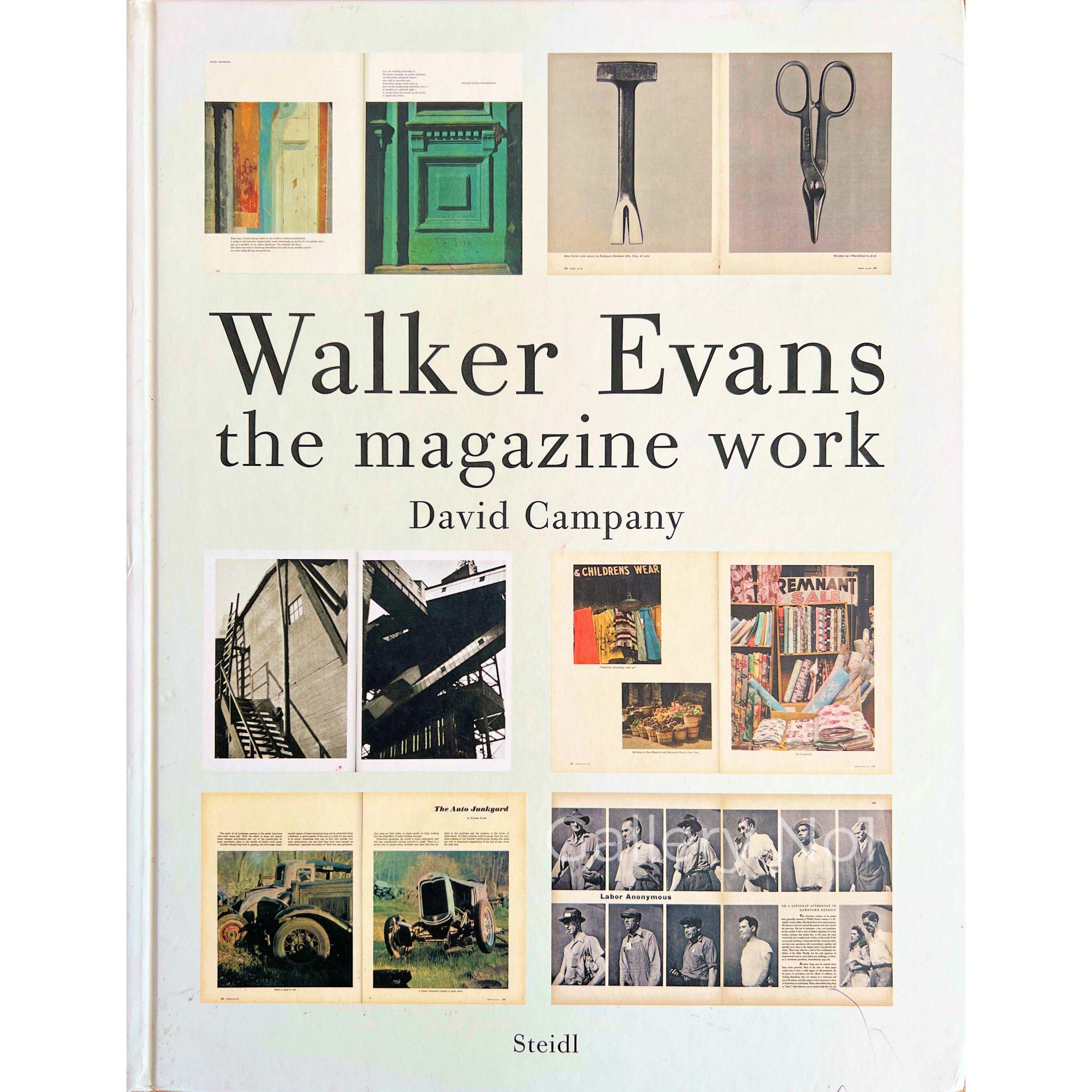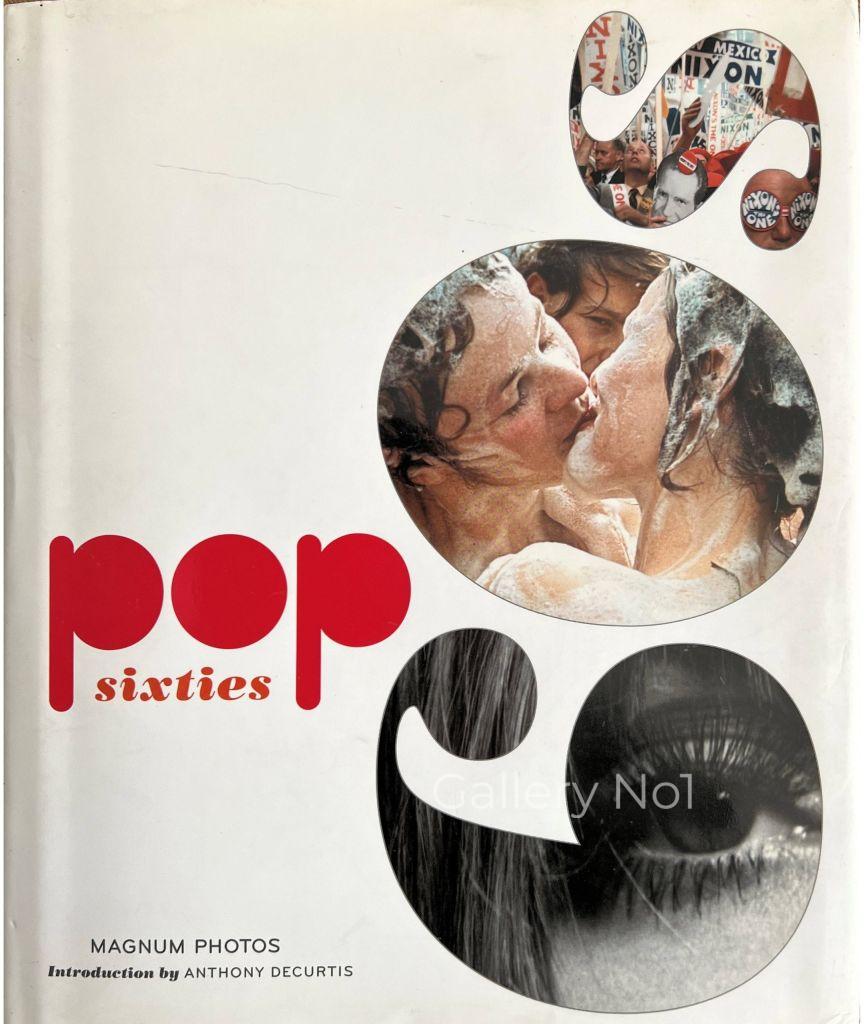Photobook – Walker Evans – The Magazine Work – David Campany
£45.00
Photobook – Walker Evans – The Magazine Work – David Campany
Hardback
Size: 32.5 x 25.2 cm
Pages: 224
Published: 2014 First edition
Publisher: Steidl, Germany
Stock number: 017752/0123
Price: £45 + P & P
Hardcover. Condition: Very good. First Edition. A very fine copy in illustrated white paper covered boards, without jacket as issued. Plates, printed in sepia, with long introductory essay by David Campany.
Walker Evans was one of the most important and influential artists of the twentieth century, producing a body of photographs that continues to shape our understanding of the modern era. He worked in every genre and format, in black and white and in colour, but two passions were constant: literature and the printed page.
While his photographic books are among the most significant in the medium’s history, Evans’s more ephemeral pages remain largely unknown. In small avant – garde publications and mainstream titles such as Harper’s Bazaar, Vogue, Architectural Forum, Life and Fortune he produced innovative and independent journalism, often setting his own assignments, editing, writing and designing his pages. Presenting many of his photo – essays in their entirety, Walker Evans: The Magazine Work assembles the unwritten history of this work, allowing us to see how he protected his autonomy, earned a living and found audiences far beyond the museum and gallery.




